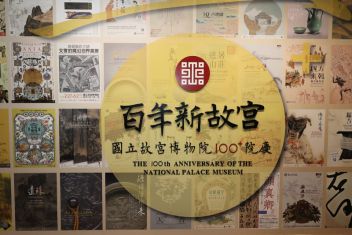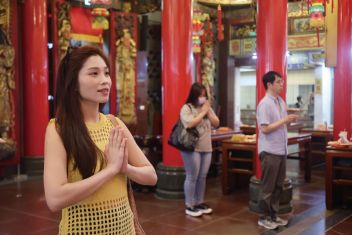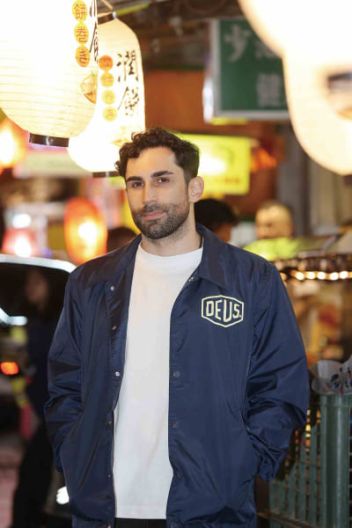Staying home much more during the pandemic, people have turned inward. They have realized that no amount of luxury goods, gourmet dishes or video entertainment can compare to Nature’s healing power. A foray into mountains or forest offers an alternative, but for those who inhabit a concrete jungle, the soothing effect of caring for flora is far more accessible.





















